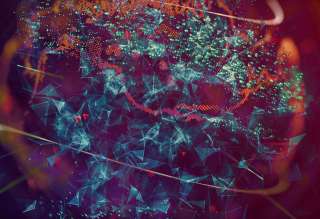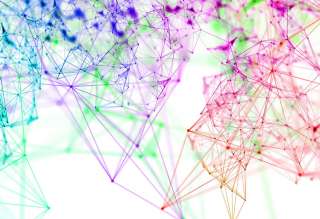SPS Feed
Top Reasons to Join SPS Today!
1. IEEE Signal Processing Magazine
2. Signal Processing Digital Library*
3. Inside Signal Processing Newsletter
4. SPS Resource Center
5. Career advancement & recognition
6. Discounts on conferences and publications
7. Professional networking
8. Communities for students, young professionals, and women
9. Volunteer opportunities
10. Coming soon! PDH/CEU credits
Click here to learn more.
The Latest News, Articles, and Events in Signal Processing
Most digital cameras use specialized autofocus sensors, such as phase detection, lidar or ultrasound, to directly measure focus state. However, such sensors increase cost and complexity without directly optimizing final image quality. This paper proposes a new pipeline for image-based autofocus and shows that neural image analysis finds focus 5-10x faster than traditional contrast enhancement.
Submission Deadline: May 20, 2021
Call for Proposals Document
The upcoming 5G network needs to achieve substantially larger link capacity and ultra-low latency to support emerging mobile applications. While conventional techniques have reached their limits, uplifting the carrier frequency to the millimeter-wave (mm-wave) band stands out as an effective approach to further boost the network capacity, as it provides orders of magnitude greater spectrum than current cellular bands.
Most of the existing feature representations for spoofing countermeasures consider information either from the magnitude or phase spectrum. We hypothesize that both magnitude and phase spectra can be beneficial for spoofing detection (SD) when collectively used to capture the signal artifacts. In this work, we propose a novel feature referred to as modified magnitude-phase spectrum (MMPS) to capture both magnitude and phase information from the speech signal.
Voice and face are two most popular biometrics for person verification, usually used in speaker verification and face verification tasks. It has already been observed that simply combining the information from these two modalities can lead to a more powerful and robust person verification system.
Previous works about linguistic steganography such as synonym substitution and sampling-based methods usually manipulate observed symbols explicitly to conceal secret information, which may give rise to security risks. In this letter, in order to preclude straightforward operation on observed symbols, we explored generation-based linguistic steganography in latent space by means of encoding secret messages in the selection of implicit attributes (semanteme) of natural language.
Traffic flow prediction is a challenging task while most existing works are faced with two main problems in extracting complicated intrinsic and extrinsic features. In terms of intrinsic features, current methods don't fully exploit different functions of short-term neighboring and long-term periodic temporal patterns.
Consider a robust multiple-input single-output downlink beamforming optimization problem in a frequency division duplexing system. The base station (BS) sends training signals to the users, and every user estimates the channel coefficients, quantizes the gain and the direction of the estimated channel and sends them back to the BS.
This work exploits Riemannian manifolds to build a sequential-clustering framework able to address a wide variety of clustering tasks in dynamic multilayer (brain) networks via the information extracted from their nodal time-series. The discussion follows a bottom-up path, starting from feature extraction from time-series and reaching up to Riemannian manifolds (feature spaces) to address clustering tasks such as state clustering, community detection (a.k.a. network-topology identification), and subnetwork-sequence tracking.
We present a structured overview of adaptation algorithms for neural network-based speech recognition, considering both hybrid hidden Markov model / neural network systems and end-to-end neural network systems, with a focus on speaker adaptation, domain adaptation, and accent adaptation.
Constant-modulus sequence set with low peak side-lobe level is a necessity for enhancing the performance of modern active sensing systems like Multiple Input Multiple Output (MIMO) RADARs. In this paper, we consider the problem of designing a constant-modulus sequence set by minimizing the peak side-lobe level, which can be cast as a non-convex minimax problem, and propose a Majorization-Minimization technique based iterative monotonic algorithm named as the PSL minimizer.

************ PhD position at Inria (Nancy - Grand Est), France **************
(More information: https://jobs.inria.fr/public/classic/en/offres/2021-03399)
Title: Robust and Generalizable Deep Learning-based Audio-visual Speech Enhancement
March 19, 2021
Website: TBA
April 28, 2021
Website: TBA
March 20-21, 2021
Website: TBA
June 16-19, 2021
Website: TBA
June 10, 2021
Website: TBA
April 1-September 30, 2021
Website: TBA
Pages
SPS Social Media
- IEEE SPS Facebook Page https://www.facebook.com/ieeeSPS
- IEEE SPS X Page https://x.com/IEEEsps
- IEEE SPS Instagram Page https://www.instagram.com/ieeesps/?hl=en
- IEEE SPS LinkedIn Page https://www.linkedin.com/company/ieeesps/
- IEEE SPS YouTube Channel https://www.youtube.com/ieeeSPS
















